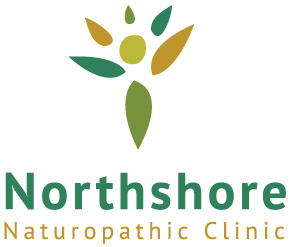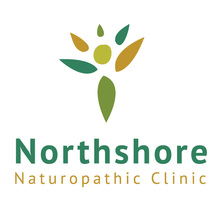 Asparagus has a long list of deliciously healing nutrients, naturally-occurring chemicals, and amazing properties that your body just loves.
Asparagus has a long list of deliciously healing nutrients, naturally-occurring chemicals, and amazing properties that your body just loves.
Three notable nuggets of this seemingly simple stem are:
- High source of saponins: this phytonutrient has been shown to have anti-inflammatory properties and also helps prevent cancer and reduce its proliferation or growth. It is also associated with improving: blood pressure, blood sugar and blood fat levels.
- High source of inulin: this is a “prebiotic” – a carbohydrate that doesn’t get broken down until it reaches the large intestine. This is the end of the gastrointestinal digestive tract. Once it gets there it becomes food for beneficial bacteria so that it can multiply, helping to improve nutrient absorption, the prevention of developing food sensitivities, and lowering the risk of colon cancer.
- Excellent source of glutathione: this is your liver’s main anti-oxidant. If you’ve read any of Dr. Matsen’s books, you are well aware of the importance of your liver to your overall health. Your liver is busy – doing over 200 tasks at any given time – including the utmost important role of detoxification. In other words, glutathione is needed for your liver to tag and properly discard all of the toxins that your body comes in to contact with such as pesticides, herbicides, fumes, chemicals, etc.
That said, there is one key thing that you need to know so that you can actually reap all of these benefits: you must eat it while it’s fresh! It has what we call a really high “respiration rate” meaning that it’s nutrient load diminishes a lot quicker than other vegetables after being harvested. To access all of it’s amazing qualities you don’t want to leave it in your fridge for a week but rather eat it soon after it’s been picked or purchased. To help keep it fresh, place a damp paper towel at the base of the stems to help reduce its respiration rate and preserve its vitality for longer.
30 mins of your time for 6 servings
• ¼ cup red onion
• 2 cloves of garlic, minced
• 2 lbs of asparagus, trimmed and cut into 1” pieces
• 3 tbsp organic butter or grapeseed oil
• 2 ½ cup of fresh peas (less if still in pods)
• ½ tsp fine sea salt
• ¾ cup of basil leaves, torn
• optional: fresh cracked pepper
Mince garlic and set aside. Cook red onion in butter or grapeseed oil in a medium sized heavy skillet. Stir frequently for 4 minutes. Add asparagus, peas, and sea salt. Cover skillet and cook for 4 minutes then add garlic, stir, and recover for an additional 4 minutes. Stir in basil, add additional sea salt and pepper to taste if you desire.


